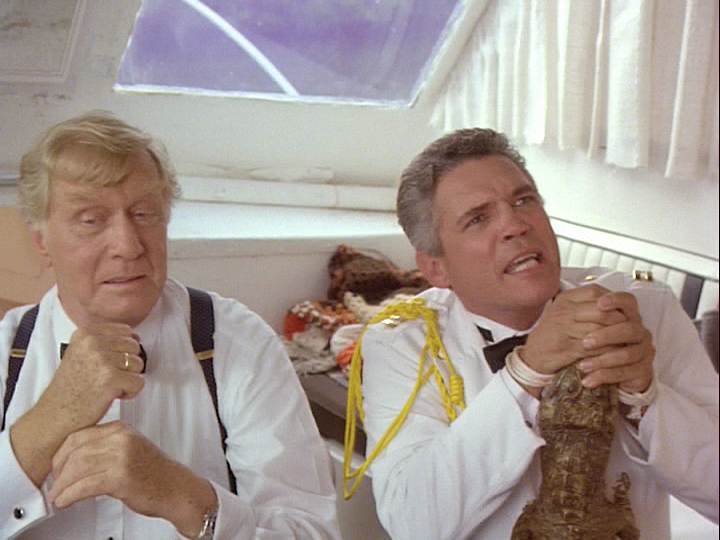
More recently, Mettler collaborated with Stéphanie Barbey and Luc Peter as cinematographer and co-editor on Broken Land (2014), a feature documentary about the US–Mexico border, and with Emma Davie and David Abram on Becoming Animal (2018), which considers how animistic philosophy can address the environmental and perceptual crises of our era. Mettler has also adapted the work of renowned theatre director Robert Lepage with Tectonic Plates (1992), shot on location in Venice, Scotland and Montreal, boldly fusing the artifice of theatre with wondrous spectacles gleaned from the real world. Mettler served as director of photography and creative consultant on Jennifer Baichwal’s multi-award-winning Manufactured Landscapes (2006), which profiled the work of photographer Edward Burtynsky and opens with one of Mettler’s most indelible shots: a protracted lateral pan that entrances viewers as it gradually coveys the seemingly impossible scale of a factory floor in China. Among his most illustrious collaborators is fellow Torontonian Atom Egoyan, for whom Mettler photographed Next of Kin (1984) and the Samuel Beckett adaptation Krapp’s Last Tape (2000). While his films are immensely personal, an essential component of Mettler’s practice is collaboration and adaptation. The Hollywood Reporter’s Stephen Dalton called it “immersive and hypnotic.
Jumpcut academy 2.0 mega movie#
In an era when only one movie in a hundred has a single moment of visionary power, Picture of Light is bursting with them.” The End of Time takes viewers to exotic locales in search of insight on the forces that give our lives meaning, conveying macro- and microscopic realms from particle colliders to lava fields, urban decay and an interstellar observatory. Playful and philosophical, Picture of Light is a richly atmospheric journey, praised by John Powers of Vogue as “an extraordinary piece of filmmaking. Picture of Light was made as a result of an encounter with the Swiss artist-scientist-collector Andreas Züst, who charged Mettler with the quixotic task of capturing the aurora borealis on film, leading the pair to brave arctic temperatures and construct a special time-lapse camera system capable of operating in extreme conditions. Similar in spirit and methodology are Picture of Light (1994) and The End of Time (2012). No single work is more teeming with such images and stories than Mettler’s wildly ambitious magnum opus, Gambling, Gods and LSD (2002), which Jason Anderson described as “a sort of divine sacrament, melting the viewer’s synapses with a mesmerizing array of sights, sounds and genuinely profound insights.” An epic project ten years in the making, Gambling, Gods and LSDtraverses three continents to discover tales and visions of ecstasy, awe and atonement. They are guided by instinct yet grounded in discipline, structure, craft, and a knack for apprehending stunning images and great stories. Frequently visiting themes of transcendence and the delicate relationship between technology and the natural world, Mettler’s films combine travelogue, essay, interview, fiction and critique. Meditations on our world, rooted in personal experience, his films reflect the visions and wonder of their characters and audiences alike.Ī restless cinematic adventurer, Peter Mettler’s singular body of work is characterized by hybridism, a sense of wonder, unusual forms of collaboration, and a disregard for classification.

Melding intuition with dramatic, documentary, and experimental forms, Mettler’s cinema is at the forefront of contemporary practice.


From the beginning of his career, Peter Mettler has created films deemed impossible to make yet readily appreciated once they exist.


 0 kommentar(er)
0 kommentar(er)
